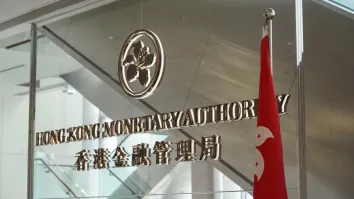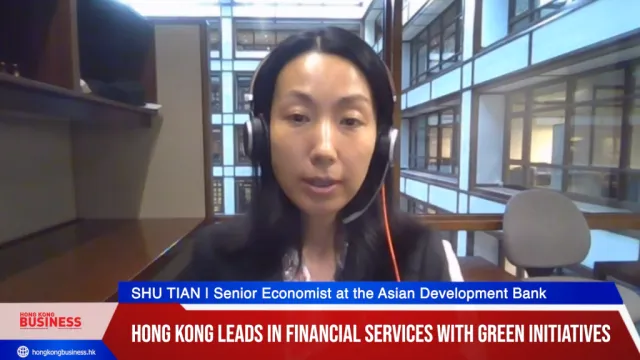
National income rises in Q2 as mainland investments flood Hong Kong
The total inflow of primary income recorded a 4.1% YoY rise to $478.2b during this period.
Hong Kong’s island city’s gross national income (GNI) climbed by 3.8% YoY to $759.7b in Q2 from over a year earlier, whist the gross domestic product (GDP) rose by 3.5% YoY to $698b over the same period of comparison, according to the Census & Statistics Department (C&SD).
Accordingly, the value of GNI was larger than GDP by $61b, which was equivalent to 8.7% of GDP in that quarter, mainly attributed to a net inflow of investment income.
Also read: GDP growth holds firm at 0.6% in Q2
The GNI denotes the total income earned by Hong Kong residents from engaging in various economic activities, said C&SD.
Netting out the effect of price changes over the same period, Hong Kong's GDP inched up by 0.5% in real terms compared to Q2 2018 whilst its GNI rose by 0.8% YoY in real terms over the same period.
Hong Kong's total inflow of primary income, which is mainly comprised of investment income, recorded a 4.1% YoY rise to $478.2b in Q2. This is equivalent to 68.4% of GDP in the quarter. Meanwhile, total primary income outflow, estimated at 59.7% of Q2’s GDP or $417.2b, also increased by 3.6% YoY.
As for the major components of investment income inflow, C&SD reported that direct investment income (DII) edged up by 0.8% YoY mainly due to the increase in earnings of some prominent local enterprises from their direct investment abroad.
Meanwhile, portfolio investment income (PII) also jumped 8% YoY as the dividend income received by resident investors from their holdings of non-resident equity securities, as well as the interest income received by resident investors from their holdings of non-resident long-term debt securities, increased during the period.
Also read: Hong Kong still top APAC real estate investment market in H1
Regarding the major components of investment income outflow, DII rose by 2.5% YoY due to the increase in earnings of some prominent multinational enterprises from their direct investment in Hong Kong; whilst PII went up by 5.7% YoY as the interest payout to non-resident investors from their holdings of resident long-term debt securities as well as the dividend payout to non-resident investors from their holdings of resident equity securities increased.
C&SD noted that mainland China continued to be the largest source of Hong Kong's total primary income inflow in the second quarter of the year at 38.7%. This was followed by the British Virgin Islands (BVI), with a share of 19.1%. Similarly, mainland China and the BVI remained the most important destinations during the same period, accounting for 24.2% and 23.7% of total primary income outflow, respectively.



















 Advertise
Advertise






